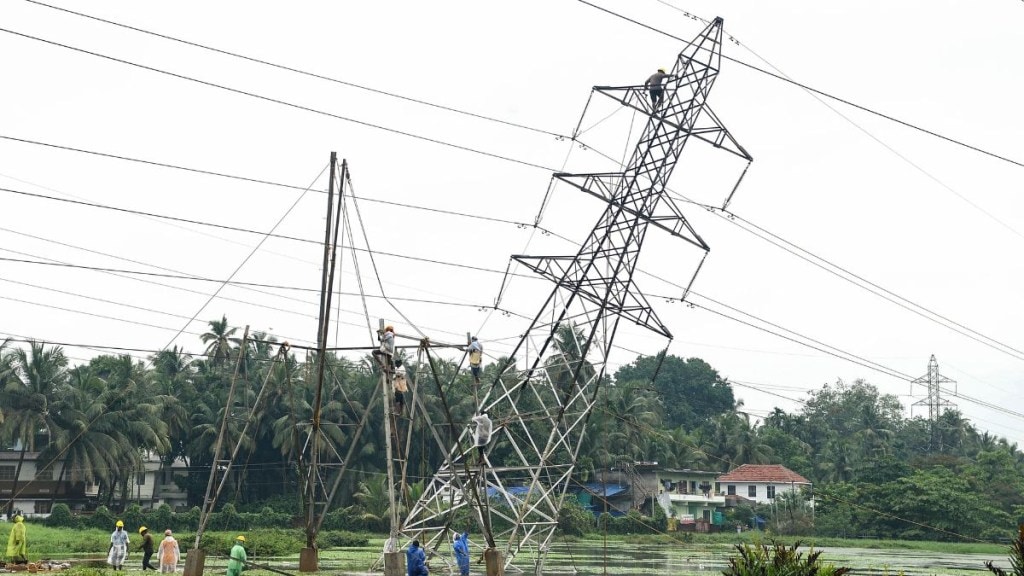The Indian Meteorological Department (IMD) has sounded a red-alert for North and South Goa districts and coastal Maharashtra. With gusty winds likely to cross 70 kpmh and extremely heavy rainfall, Goa has been facing an early monsoon in Ponda reported at 162mm.
As rains arrived eight days ahead of schedule in Kerala, the onset of the southwest monsoon triggered the red-alert warning. An essential rule to follow for fishermen, the rains are likely to reduce over the following week by May 29 leading to a yellow alert, at best. However, they have been warned to not venture out in winds above 40 kmph.
Early onset of monsoon
The early monsoon has already shown its affects in parts of northern India near Delhi NCR and Amritsar. With clogged roads and flight diversions, the unprepared cities have faced major infrastructural losses. As Goa prepares for the red-alert, local authorities have implemented a plan of action. “”All waterfalls have been shut only for swimming activity. Nobody will be allowed to enter the water due to heavy rains,” said Goa Forest Minister Vishwajit Rane.
Maharashtra under radar
Ratnagiri and Sindhudurg districts have received a warning of “very, very extremely heavy rainfall” in certain coastal regions such as Satara and Kolhapur. While Raigad falls under an orange alert category. No official warning has been issued from the authorities but the situation is being monitored closely.
The steady progression of Kerala’s southwest monsoon is expected as it heads towards the north. Due to the early onset, it has experienced heavy rain and gusty winds leading to infrastructural and social damage. Power cuts and water clogged areas were reported as residents received sudden showers.
As adventure tourism comes to a halt in Kerala and Goa alike, this is a crucial time for state governments to ensure maximum safety of residents. Restrictions on travel have been levied as the country prepares for monsoon. Northern regions of India are still in its peak summer months however torrential rains have significantly brought down day temperatures in Delhi NCR. The eight day early onset has been the third occurance since 1975 and has happened only once before in 2009.

